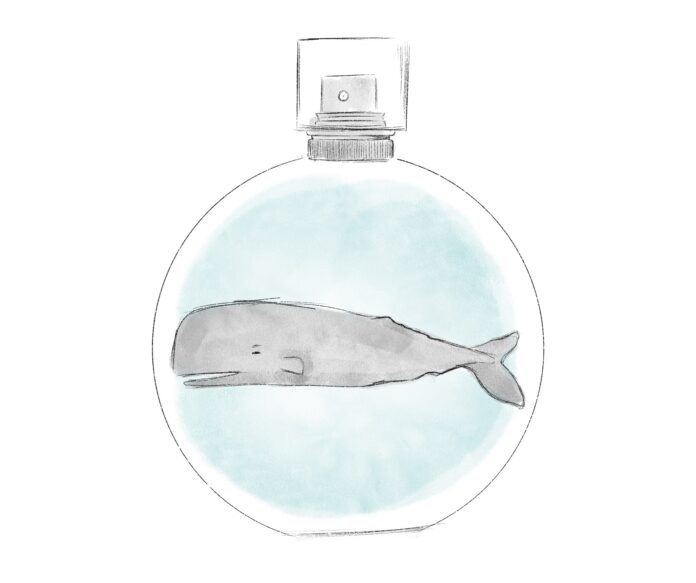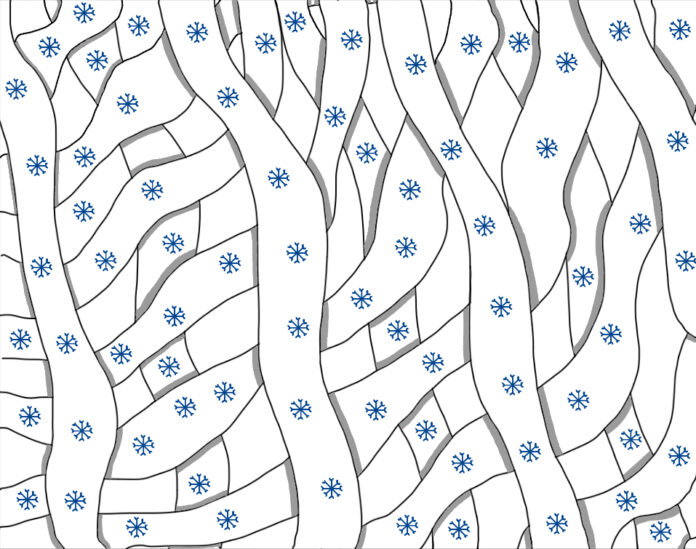Introduction:
Imagine living in a world where your toughest tool could shatter against a rock. For early human communities, stone, bone, and wood tools were the limits of technology until people discovered metals could be made stronger with fire. For societies used to only simple tools, a remarkable material reshaped societal and economic structures: bronze, the alloy of tin and copper. An alloy is a mixture of at least two metals that differs in properties from the metals it is made out of. When copper and tin was first alloyed, bronze was harder, easier to cast, and more durable than its original components. The discovery of bronze was more than just a new metal for tools and weapons, but an impactful change in trade networks, power structures, and artisanal traditions.
Uncovering the Origin of Bronze:
Bronze was not simply “discovered” one day. Scientists and archaeologists have spent decades researching how bronze was the result of incremental innovations in smelting, alloying, and forging during a time of great social and economic change. It is genuinely agreed upon amongst researchers that bronze was first discovered around 3300 BCE in Anatolia, Mesopotamia, and Iran, before spreading across Central Asia and then to the Mediterranean and Europe. One study from Central Asia shows that the sourcing of copper and tin was deeply involved in trade and cultural exchange (Berger et. al., 2023). Scientists are still researching to uncover how bronze was first made, and what it meant to the early-age civilizations.
What Scientists Are Doing:
Researchers in the archaeometallurgy field are digging in ancient smelting sites and analyzing the chemical and isotopic fingerprints of these early bronze materials. An isotopic fingerprint is essentially a geological signature. Metals from different regions may have slightly different isotope ratios than naturally occurring isotopes. Scientists measure these isotope ratios to match artifacts to the places their materials originally came from.
At the Khirbat Hamra Ifdan copper metal-production site in Southern Jordan, scientists have discovered an extensive copper smelting, alloying, and casting system dating all the way back to 3600 BCE – 2000 BCE (Levy et. al., 2002). Researchers found furnace remains and unfinished metal pieces at this site, supporting that this location had large-scale industrial production. This serves as one of the earliest examples of industrial metallurgy.
Another study at the Bactria-Margiana Archaeological Complex (BMAC) in Central Asia found that tin and lead isotopes at this site changed over time. The earlier metal objects used Iranian tin pieces, while later objects used Tian Shan (mountain range) sources, which was determined by analyzing the isotopic fingerprints of these metals (Berger et. al, 2023). This shift in metal sources shows that trade networks expanded over centuries as communities adapted their technology based on what tin sources were accessible or politically controlled. These early metal and bronze creations have left behind chemical fingerprints for scientists to encode.
Impact:
A forged bronze ax or sword not only offered increased functionality, but also an elevated social status. Metal smiths became significantly more vital to society, allowing trade to spread for the supply of tin and distribution of bronze to far away places.
However, there were many challenges associated with the discovery of bronze. Tin is relatively scarce, so long-distance and dangerous trading was necessary for the alloying of bronze. Copper smelting was also difficult for the time due to the high temperatures it required. Archaeological research from the Polish Przybyslaw region allowed researchers to simulate the difficult process of how craftsmen poured the molten bronze, shaped it, and controlled the cooling (Garbacz-Klempka et. al., 2022). These simulations showed that artisans used controlled airflow and clay molds to regulate the temperature during casting, which are advanced techniques requiring practical skill and knowledge all before formal metallurgical science even existed.
Conclusion:
The discovery of bronze paved the way for many more innovations through developed trade, specialized crafts, and new social hierarchies. Scientific research in archaeometallurgy, particularly through isotopic analysis, allows for the recreation of history. Many aspects of the early bronze discovery and usage are debated, especially how and where copper and tin were extracted, the innovation of bronze marked a new era for human development.
References:
Berger, D., Kaniuth, K., Boroffka, N., Brügmann, G., Kraus, S., Lutz, J., Teufer, M., Wittke, A., & Pernicka, E. (2023). The rise of bronze in Central Asia: New evidence for tin and copper source dynamics. Frontiers in Earth Science, 11, 1224873. https://www.frontiersin.org/journals/earth-science/articles/10.3389/feart.2023.1224873/full
Levy, T, E. (2002). Early Bronze Age metallurgy: A newly discovered copper manufactory in southern Jordan. Antiquity, 76(292), 425-437, https://www.cambridge.org/core/journals/antiquity/article/early-bronze-age-metallurgy-a-newly-discovered-copper-manufactory-in-southern-jordan/B857CC0B56441B8FD7D31FB92616108A
Garbacz-Klempka, A., Piękoś, M., Perek-Nowak, M., Kiełbus, A. (2002). Reconstruction of the Late Bronze Age Foundry Process in Greater Poland: Analyses and Simulations. Archives of Metallurgy and Materials, 67(3), 1125-1136. https://www.imim.pl/files/archiwum/Vol3_2022/43.pdf


